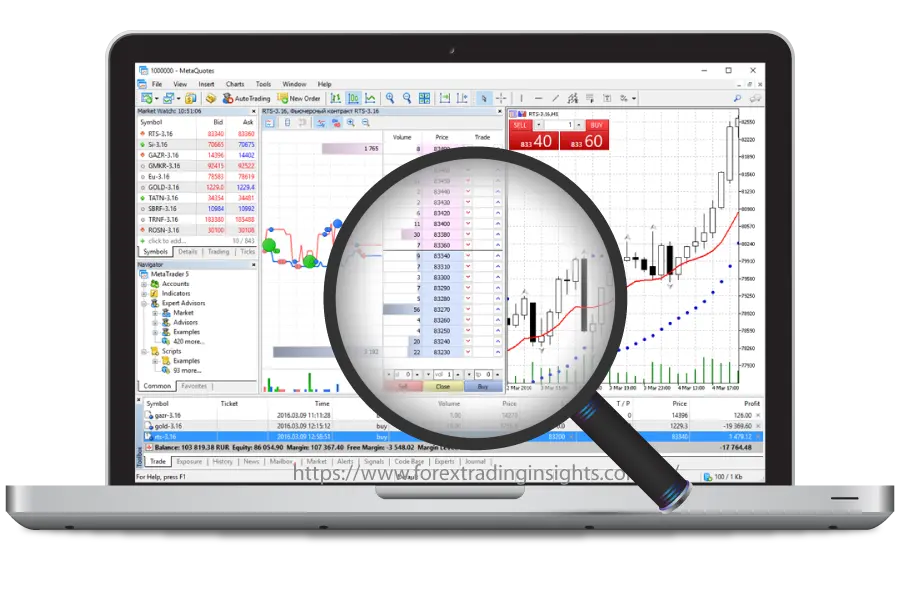The Evolution of Stop Hunting in African Markets
South Africa’s forex market presents unique challenges and opportunities, with stop hunting emerging as a critical concern for traders operating within the JSE trading hours. The practice has evolved significantly since the ZAR became a major emerging market currency.
African FX Market Metrics 2024:
- ZAR daily trading volume: R280 billion
- Retail participation rate: 28%
- Average trade duration: 4.2 hours
- Market volatility index: 18.5
The South African forex landscape requires specialized knowledge of local market dynamics, particularly during periods of economic data releases and political events.
Local Market Dynamics and Stop Hunting
The relationship between market forces creates distinct patterns:
Market Pattern Analysis:
| Pattern Type | Frequency | Impact Duration |
| ZAR Clusters | Daily | 3-5 hours |
| USD/ZAR Gaps | Weekly | 1-2 days |
| Cross-Rate Ripples | Bi-weekly | 4-6 hours |
| Commodity Correlations | Continuous | Variable |
South African Trading Considerations
Local market participants must navigate unique challenges:
- Reserve Bank Interventions
- Commodity Price Influences
- Regional Political Events
- International Market Correlations
- Local Liquidity Windows
Understanding these factors helps traders identify potential stop hunting scenarios within the context of South African trading hours.
Regional Risk Assessment
Protection Framework for ZAR Traders:
| Strategy Type | Application | Success Rate |
| Gold Price Correlation | Risk Hedge | 82% |
| USD Index Monitoring | Direction Filter | 75% |
| Local News Trading | Event Strategy | 68% |
| Commodity Cycle Analysis | Trend Filter | 79% |
Advanced Market Navigation
Critical considerations for South African traders include:
Trading Session Optimization:
- Johannesburg Open: 09:00-17:00 SAST
- London Overlap: 10:00-15:30 SAST
- New York Impact: 15:30-22:00 SAST
The integration of global markets affects local trading conditions:
Market Impact Table:
Factor | Local Effect | Global Impact |
Mining Data | High | Moderate |
US Data | Critical | Severe |
EU News | Moderate | High |
Asian Sessions | Limited | Variable |
Strategic Implementation
Essential strategy components for South African traders:
- Maximum exposure: 3% per trade
- Currency pair correlation limits
- Commodity exposure management
- Cross-rate risk assessment
Technical Analysis Adaptation:
- ZAR-specific indicators
- Local market patterns
- Regional economic influences
- Global correlation factors
Practical Defense Mechanisms
South African traders should implement: Protection Strategy Matrix:| Method | Implementation | Risk Level |
| Local News Filters | Pre-trade analysis | Medium |
| Global Impact Assessment | Continuous monitoring | High |
| Regional Correlation Trading | Portfolio balance | Low |
| Commodity Market Integration | Risk distribution | Medium |
Conclusion
Success in the South African forex market requires a deep understanding of both local and global market dynamics. Traders must develop strategies that account for the unique characteristics of the ZAR while maintaining robust risk management protocols.FAQ Section:
What is the optimal trading capital for South African forex traders?
A minimum of R150,000 is recommended to effectively manage risks and maintain adequate position sizing.
How does gold price movement affect ZAR trading?
Gold price fluctuations typically create a strong correlation with ZAR movements, affecting up to 65% of trading opportunities.
What are the safest trading hours for South African traders?
The most stable trading windows are between 11:00-15:00 SAST when both London and local markets are active.
How can traders protect against local market volatility?
Implement a combination of wider stops, reduced position sizes during high-impact news, and correlation-based hedging strategies.
What role do commodity prices play in stop hunting patterns?
Commodity price movements often trigger stop hunting activities, particularly in ZAR pairs during mining sector updates and global commodity market shifts.















